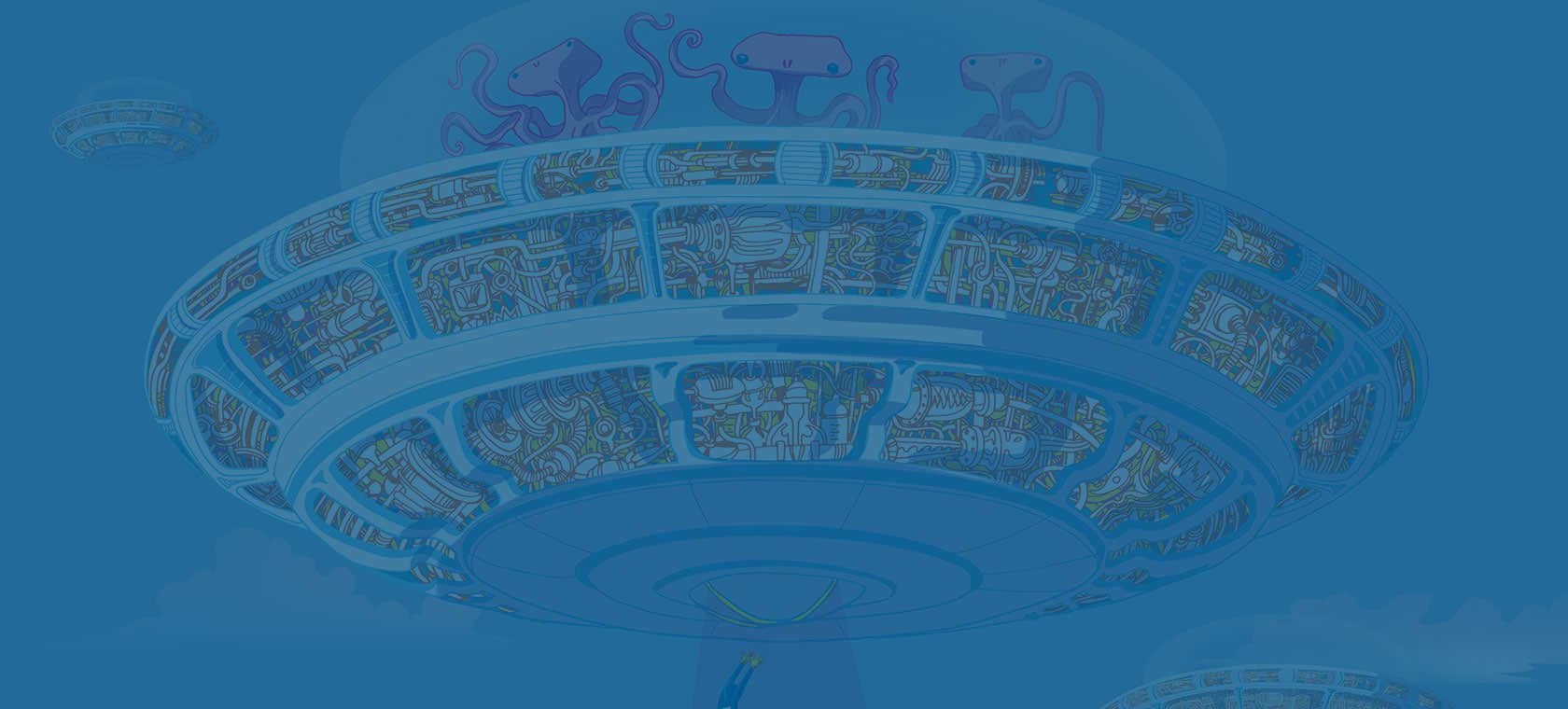
We were doomed. Climate change was killing all life on our planet. Our water reservoirs and all the other natural resources needed to sustain life as we knew it were nearly depleted. Our scientists saw no relief. They said that within the next two generations the planet would no longer be habitable.
That’s when we started observing Earth. It’s a planet that’s a mere 100,000 light years away, much like ours but inhabited by rather strange creatures. Most have four limbs and a brain housed within a sphere-like object in the upper part of their bodies. Curious, really. We’ve seen them evolve quite a bit in the last 500,000 years or so. We’ve watched them light the first fires in the savannah and send rudimentary craft into space exploring their tiny solar system. However, one morning here, which lasts approximately ten Earth years, we learned something new.
One of our youngest researchers reported something that had escaped our notice. It instantly aroused our interest. The earthlings had just completed building something we found quite extraordinary in a northern part of the planet they call Norway. It was a seed bank. They designed a huge underground, vault-like structure as a repository for as many as two billion seeds that could eventually grow plants. It combined both the history and the future of food and other crops. It was a bolt out of the blue, so to speak, and sparked a lively debate among us.
We wanted to know, of course, how they managed to build such a complex structure that appeared to be so well adapted to our ever-colder climate. It was suggested that we make ourselves visible. Unheard of. Something we’d never done before. Even if we did, seeing us would surely scare the very short daylights out of them. They would also have proof that what they’ve been calling ‘aliens’ for a century on their blue planet really do exist. The young scientist who made the discovery came up with an idea to resolve the dispute. He said there was no need to ‘go public’.
The answer was the UTT, Mapei’s Underground Technology Team. It was decided: we had the means, they had the know-how. Our galactic transporter beamed all 40 members up. What a great squad. Once the initial shock wore off, they told us how they managed to overcome the problem permafrost poses in that area on Earth and revealed the techniques they employed to construct the enormous underground vault. Admixtures for concrete, alkali-free setting accelerators, liquid retardants, and all the rest Mapei produces. We listened and took notice. Then we set about producing the same materials.
But they weren’t the same. That left only one option. Make them on Earth. We’ve been running a manufacturing plant at the North Pole in a joint venture with Mapei for some years now. Our spacecraft shuttle back and forth every week to deliver the products to our planet. They’re invisible, like us. The air around the craft shimmers slightly on take-off and landing. It’s the only trace they leave.
No one’s ever noticed. I’m one of the pilots ferrying the cargo we’ll use to build a phytogenetic vault that will save our people. Every time I leave Earth behind and head for the stars a feeling of pride and melancholy grips me. I envy you. You’ve got the most beautiful aurora borealis in the universe.
* Sagstua is a town not far from Oslo, Norway’s capital - it is also the headquarters of Mapei’s operations in North Europe, including the Baltic States. A spearhead of this effort was the acquisition of Rescon AS, an industry specialist in the research and manufacture of underwater materials. A state-of-the-art, high-tech plant for special mortars and many other products, an R&D department for underground and underwater projects and a cutting-edge training facility have made Mapei a go-to company for the industry through-out the area.
